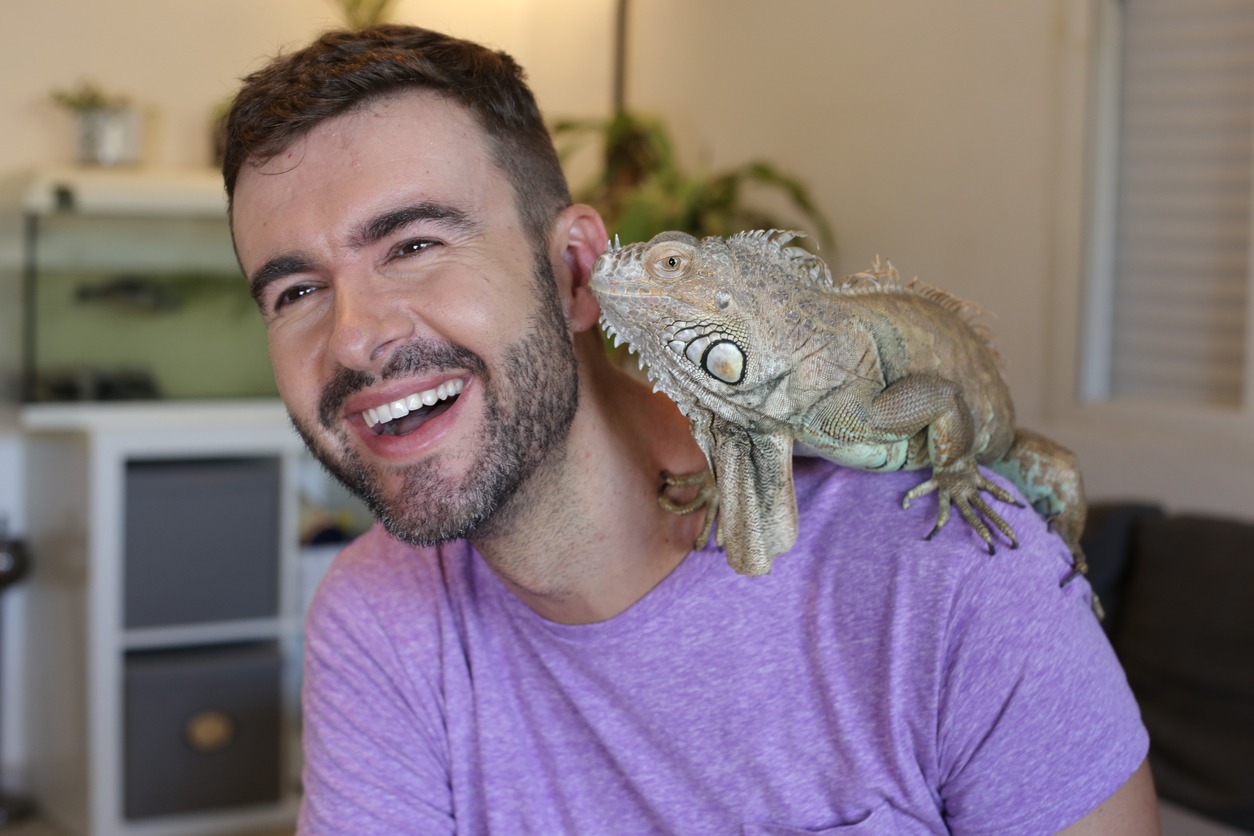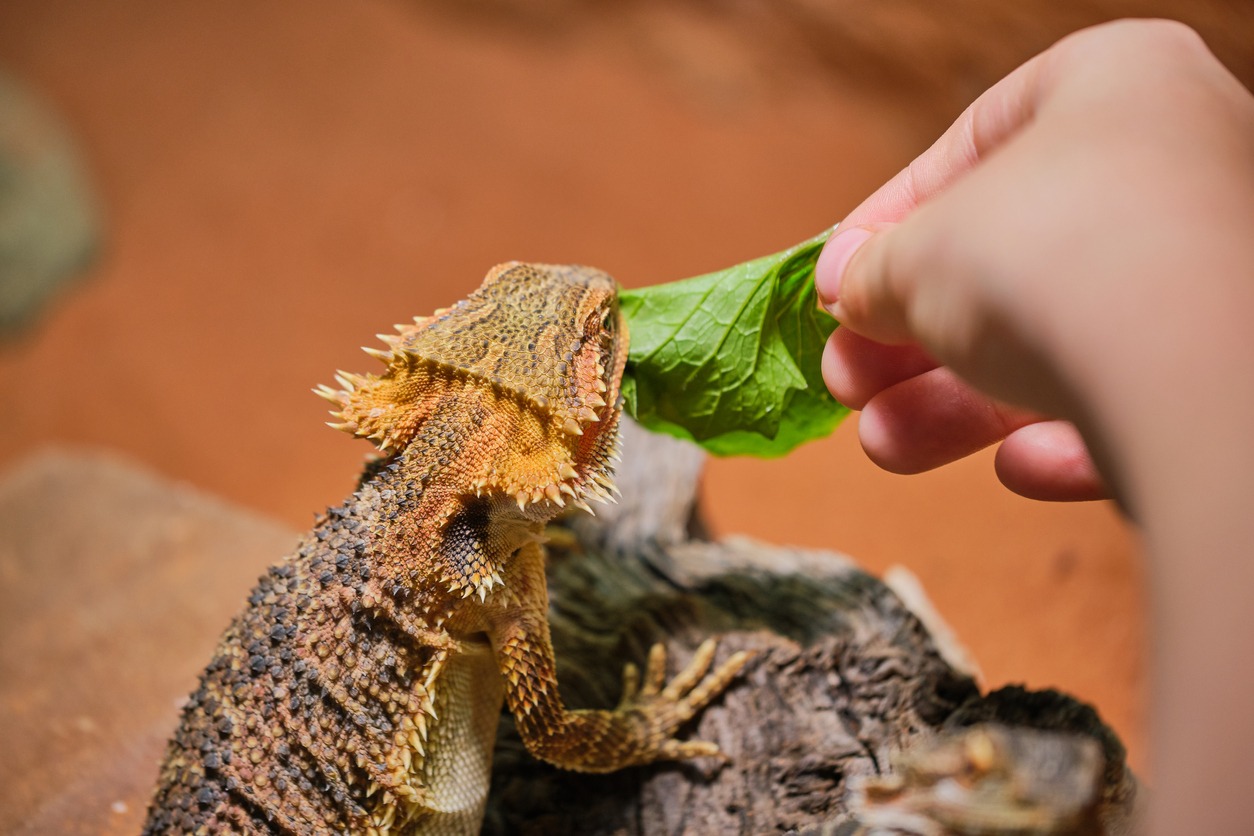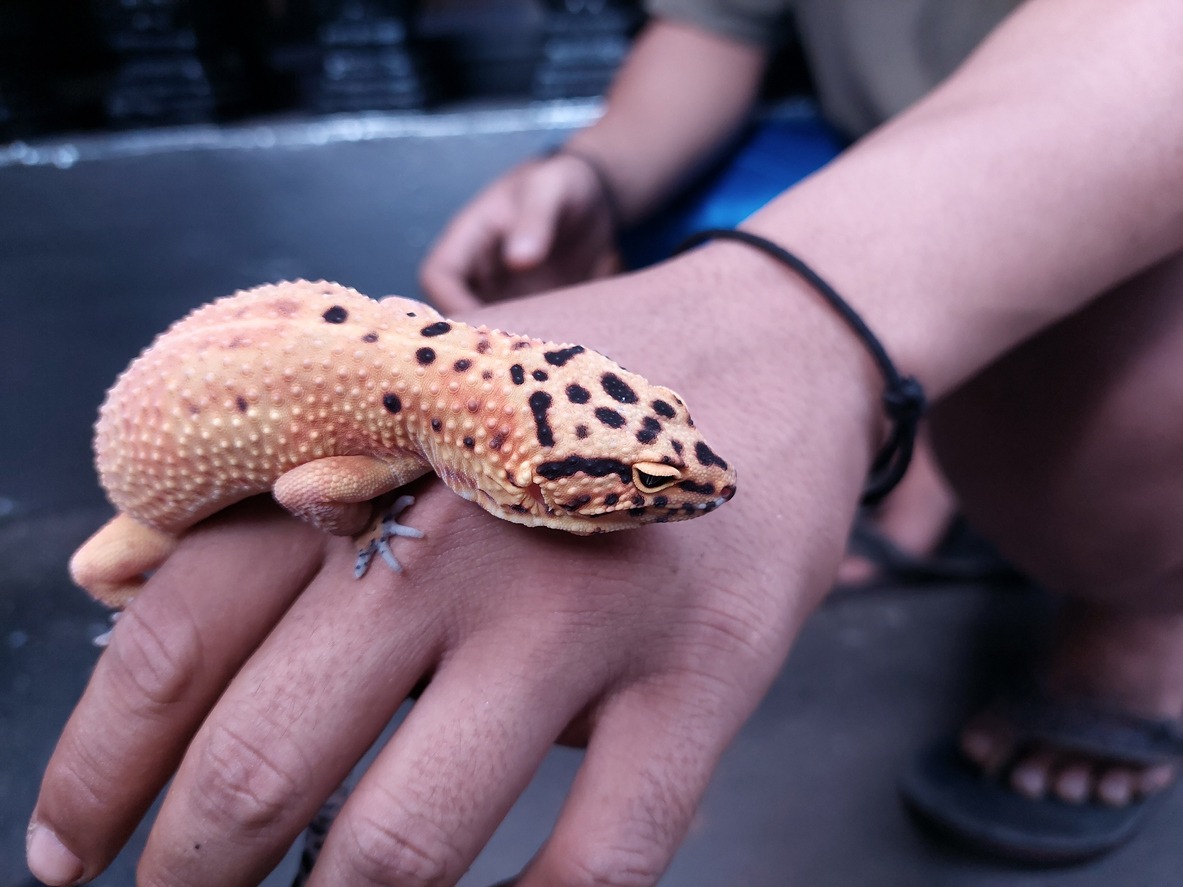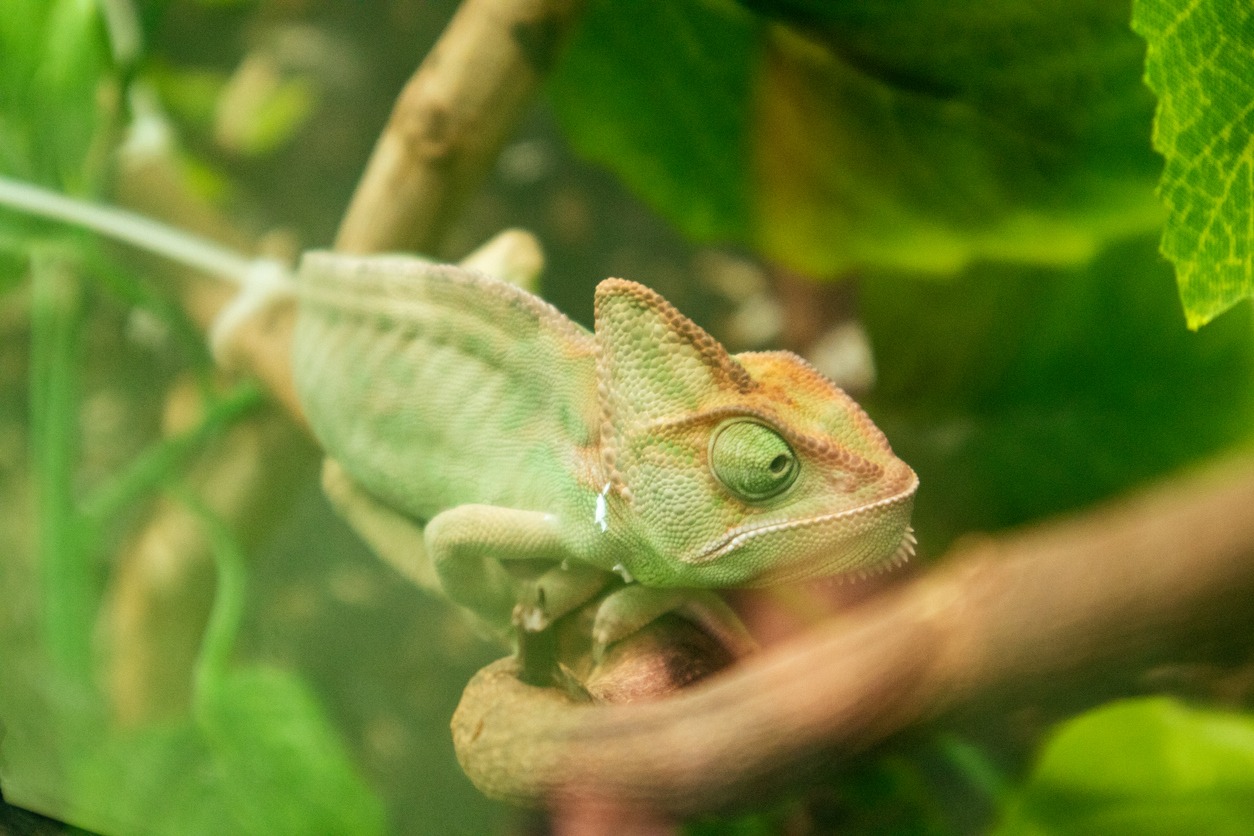Owning a pet lizard can be a unique and rewarding experience for any reptile enthusiast. These fascinating creatures, with their scaly skin and unique behaviors, have become increasingly popular as household pets. However, taking care of a pet lizard requires specialized knowledge and a commitment to providing a safe and healthy environment.
From selecting the right species to understanding their basic needs and handling techniques, there are several important factors to consider when caring for these cold-blooded companions.
Choosing the right type of lizard
Choosing the right type of lizard is crucial when considering a reptile as a pet. With so many different species to choose from, it’s important to do your research and understand the needs and characteristics of each lizard before making a decision.
One of the first steps in choosing a pet lizard is researching the different types available. Popular options include bearded dragons, leopard geckos, and crested geckos. Each species has its own unique requirements and care needs, so it’s essential to understand what you’re getting into before bringing one home.
Different lizards require different levels of heat, lighting, and humidity, so it’s crucial to provide the proper setup to ensure their wellbeing. Additionally, selecting the right substrate for the enclosure is essential for maintaining a clean and healthy environment for your pet lizard
Lizard species have different dietary requirements, hence providing a variety of food items is essential to ensure they receive all the necessary nutrients. In addition to their main diet, certain lizards may require supplements to meet their specific nutritional needs.
By taking the time to research and understand the needs of your specific lizard species, you can ensure that you provide them with a happy and healthy life in your care.
Setting up the perfect habitat for your pet lizard
Temperature and humidity control are of utmost importance for your pet lizard. Lizards are ectothermic creatures; they rely on external sources to maintain their temperature. A temperature gradient allows them to move between warm and cooler areas. Utilizing a heat lamp or under-tank heating pad can help maintain the desired temperature range.
Some species, like chameleons, require higher humidity levels, while others prefer a drier environment. Research your lizard’s specific needs to ensure you are providing the appropriate humidity levels within their habitat. Using a hygrometer can help monitor humidity levels accurately.
Choosing the right substrate and decor for your lizard’s enclosure is another crucial aspect of creating their perfect habitat. Substrate serves multiple purposes, including providing a naturalistic environment and aiding in maintaining appropriate humidity levels.
Popular substrate options for lizards include reptile carpet, newspaper, or a combination of organic materials like coconut fiber or cypress mulch. Avoid using substrates that may be harmful if ingested, such as sand or gravel.
When it comes to decor, think about replicating your lizard’s natural habitat. Providing hiding spots, climbing structures, and basking areas will not only enhance their environment but also provide mental stimulation. Utilize branches, rocks, and artificial plants to create a visually appealing and engaging enclosure for your pet lizard. Just remember to choose decor that is safe and secure, preventing any potential injuries.
Proper nutrition and feeding for pet lizards
It is crucial to understand that different types of lizards have different dietary requirements. For example, herbivorous lizards, such as iguanas, require a diet that is primarily made up of vegetables and fruits.
On the other hand, carnivorous lizards, like bearded dragons, need a diet that consists mainly of insects and other small prey. It is essential to research the specific dietary needs of your particular lizard species in order to provide them with the appropriate nutrition.
One common mistake that many pet owners make when it comes to feeding their lizards is overfeeding. Lizards, especially those that are kept in captivity, have a slower metabolism compared to their wild counterparts. This means that they require less food to maintain a healthy weight. Overfeeding can lead to obesity and other health issues, so it is important to feed your lizard the correct amount of food based on their species and size.
Another common mistake is offering inappropriate food items. Some pet owners may unknowingly feed their lizards food that is toxic or harmful to their health. For example, certain insects and plants can be toxic to lizards, so it is important to do thorough research before introducing any new food items into their diet. In addition, it is important to avoid feeding lizards any food items that are too large or hard to digest, as this can lead to digestive problems.
A balanced diet for most lizards should include a variety of insects, such as crickets and mealworms, as well as fresh fruits and vegetables. There are also commercially available reptile food options that can provide a convenient and balanced diet for your lizard.
Supplements and vitamins are also an important part of a pet lizard’s diet. One of the most common health issues in lizards is a lack of calcium and vitamin D3. These nutrients are vital for proper bone growth and maintaining overall health.
To ensure your lizard receives the necessary amount of calcium and vitamin D3, it is important to incorporate supplements into their diet. These supplements can come in the form of powders that can be dusted onto their food or administered orally.
Handling and taming your pet lizard
The importance of gradual acclimation cannot be overstated when it comes to handling pet lizards. These incredible creatures have their own unique personalities and comfort levels when it comes to human interaction. It’s crucial to respect their boundaries and allow them to become comfortable at their own pace. By gradually introducing handling sessions, you can create a positive and stress-free experience for both you and your pet lizard.
Proper handling techniques are essential to ensure the safety and well-being of your pet lizard. Knowing how to support their body correctly, avoiding stress triggers, and understanding their body language are all crucial elements.
For example, many lizards prefer to have their bodies and limbs supported, so it’s important to learn the right way to hold them. Additionally, being aware of their stress signals, such as tail twitching or hissing, can help you avoid overstimulating or frightening them.
Building trust and bonding with your pet lizard is a rewarding process that requires time and dedication. Regular handling sessions, combined with positive reinforcement, such as offering treats or praise, can help your lizard associate your touch with positive experiences.
Creating a calm and secure environment, free from loud noises or sudden movements, can also contribute to building trust. As you spend more time together, you’ll notice your pet lizard becoming more relaxed and comfortable in your presence.
Handling pet lizards can come with its fair share of challenges. One common challenge is their natural instinct to escape. Lizards are known for their agility and quick reflexes, so it’s important to create a safe and controlled environment for handling. This may involve setting up a designated area or using an enclosure specifically designed for handling.
Another challenge to consider is their sensitivity to temperature changes. Lizards are ectothermic creatures, meaning they rely on external heat sources to regulate their body temperature. Ensuring a consistent and appropriate temperature range during handling sessions can help keep your pet lizard comfortable and reduce stress.
Common health issues and how to care for a sick lizard
One of the first steps in caring for a sick lizard is being able to recognize the signs of illness. Some common health issues in lizards include respiratory infections, metabolic bone disease, parasites, and skin infections. It’s essential to keep an eye out for symptoms like difficulty breathing, loss of appetite, lethargy, weight loss, sores, or any unusual behavior. If you notice any of these signs, it is crucial to seek veterinary care as soon as possible.
Prevention is key when it comes to the health of your pet lizard. Regular veterinary checkups can help identify any potential health issues before they become severe. A reptile veterinarian will perform a thorough examination, provide vaccination if necessary, and offer recommendations on diet, habitat, and general care. By staying proactive and keeping up with regular checkups, you can ensure the overall well-being of your pet lizard and catch any health concerns early on.
Conclusion
Handling pet lizards can be a rewarding and enjoyable experience for both the owner and the lizard. With proper knowledge, patience, and care, any person can become a skilled lizard handler. Remember to always prioritize the safety and well-being of your lizard, and never hesitate to seek advice from a professional if needed. By following these tips, you can create a strong bond with your pet lizard and ensure a happy and healthy life for them.





